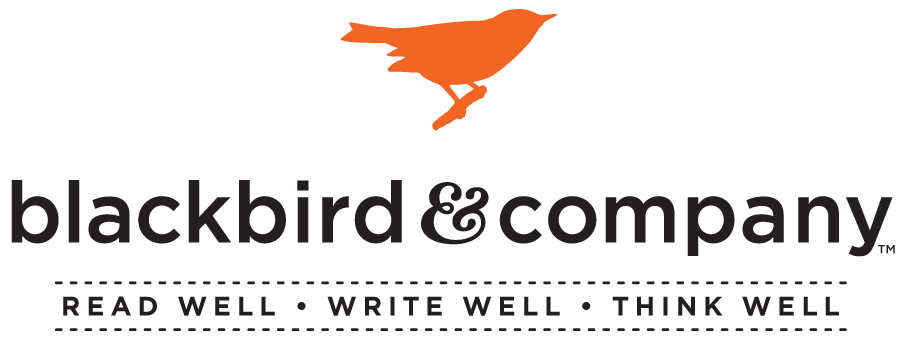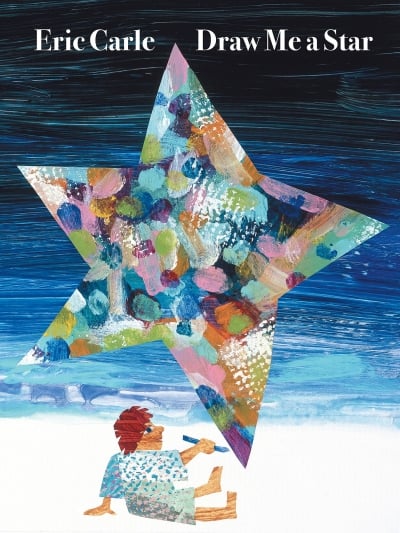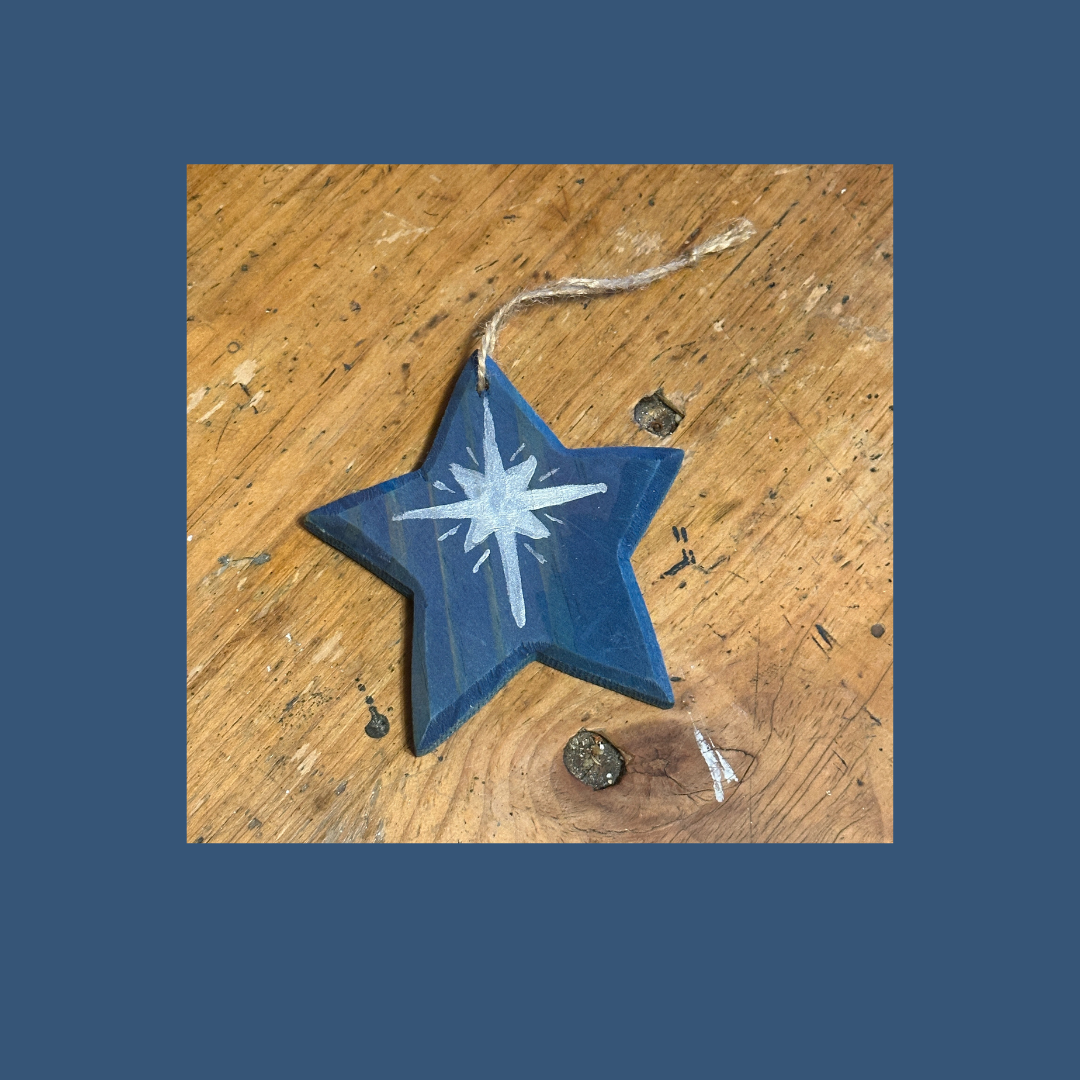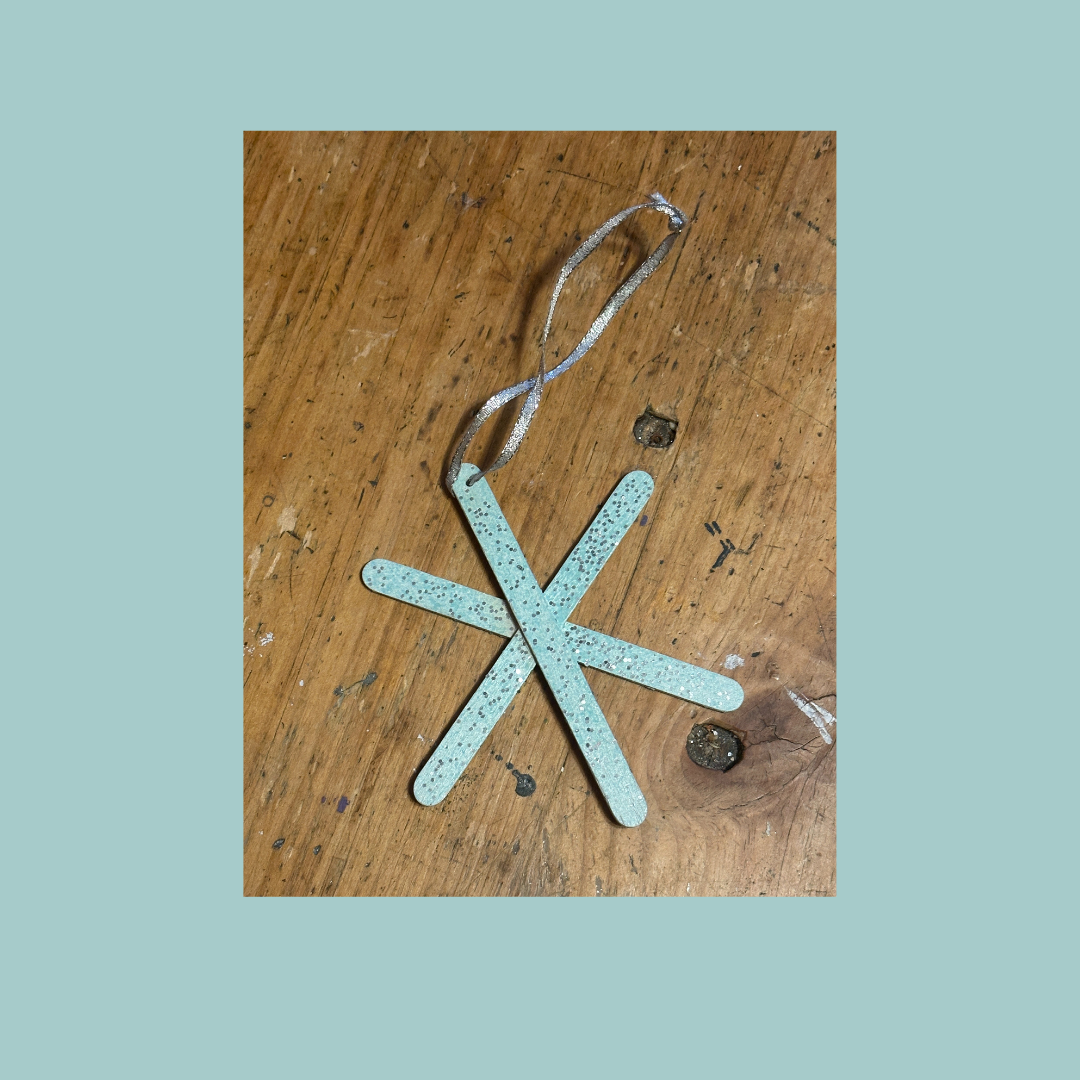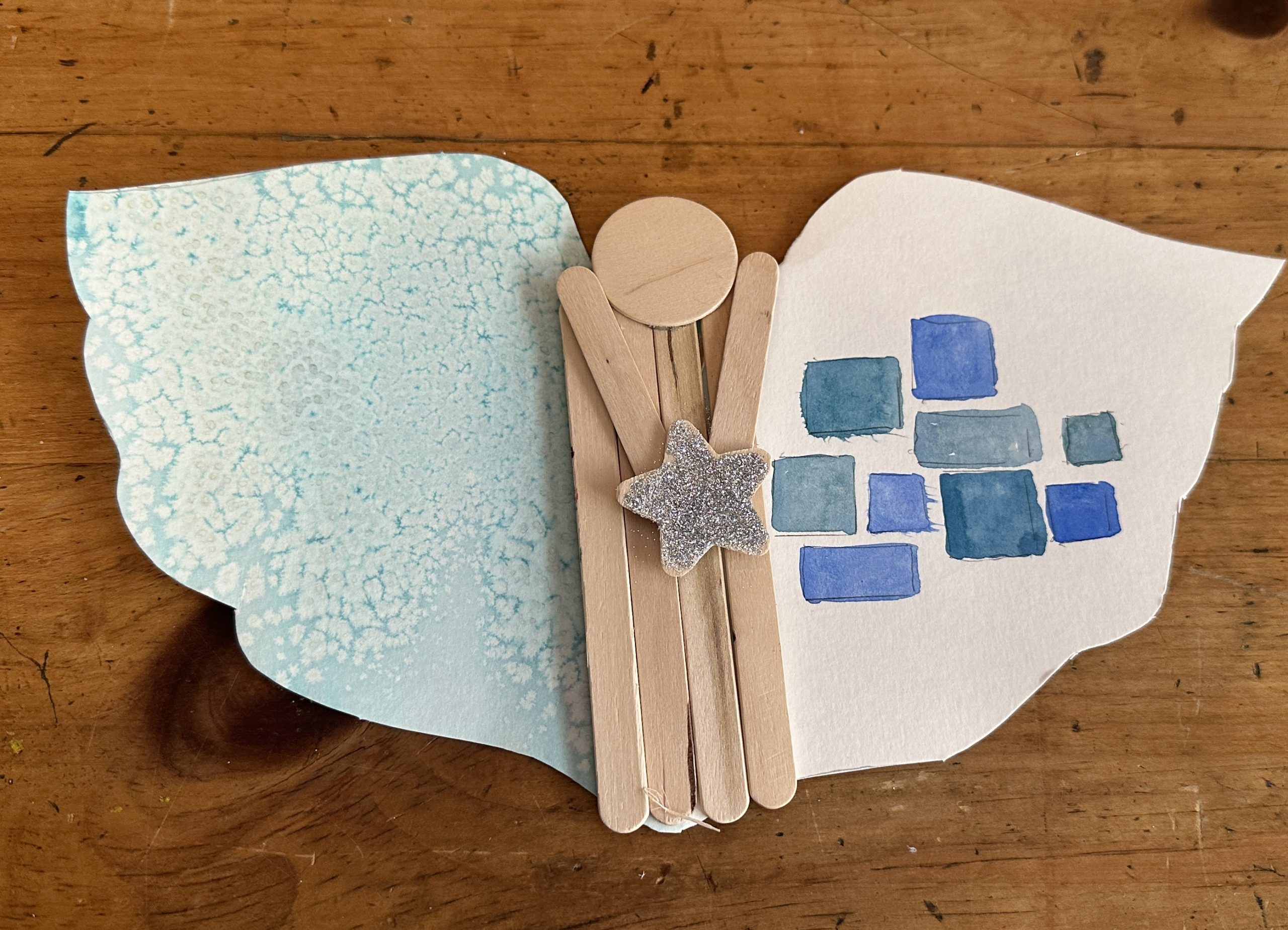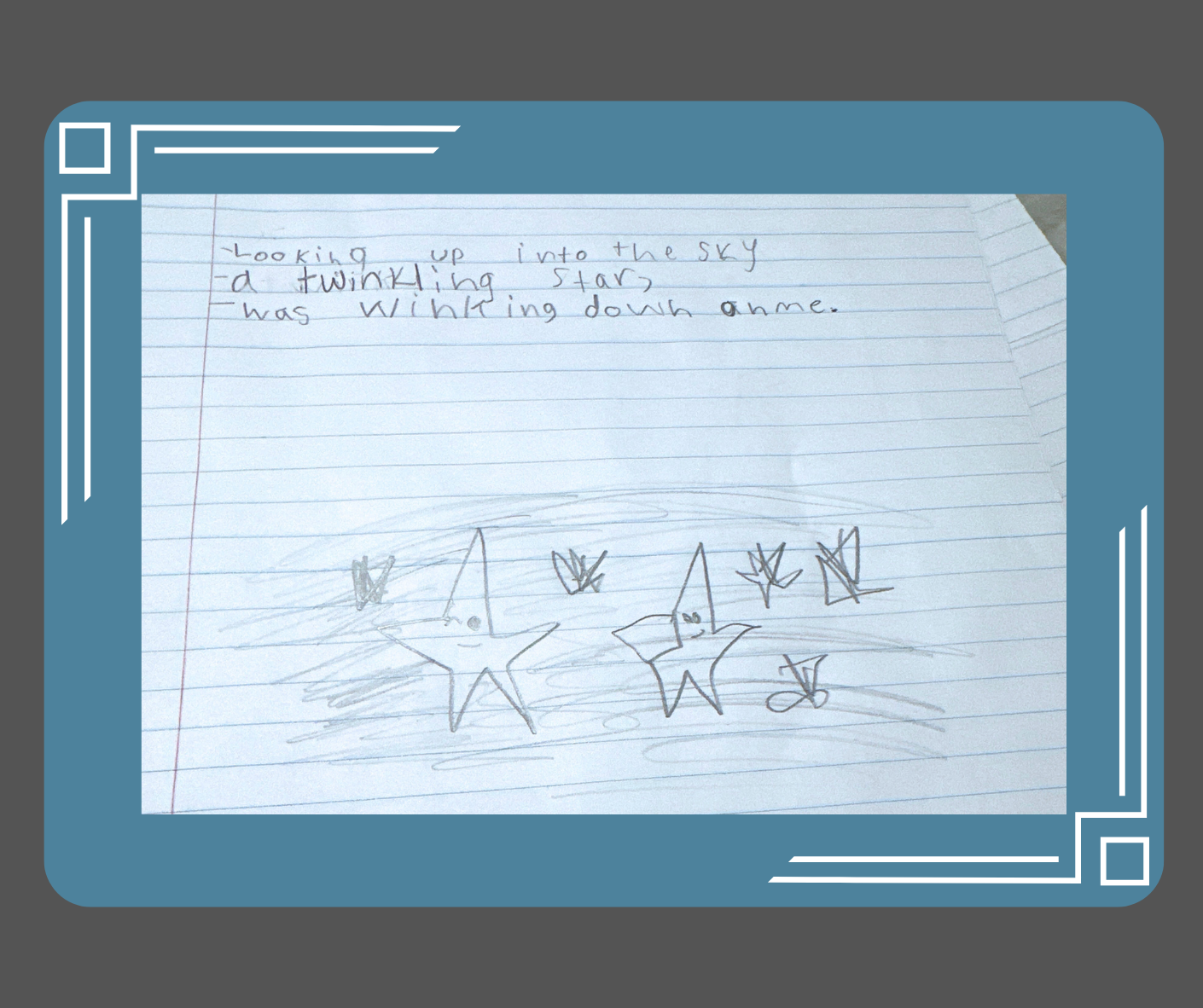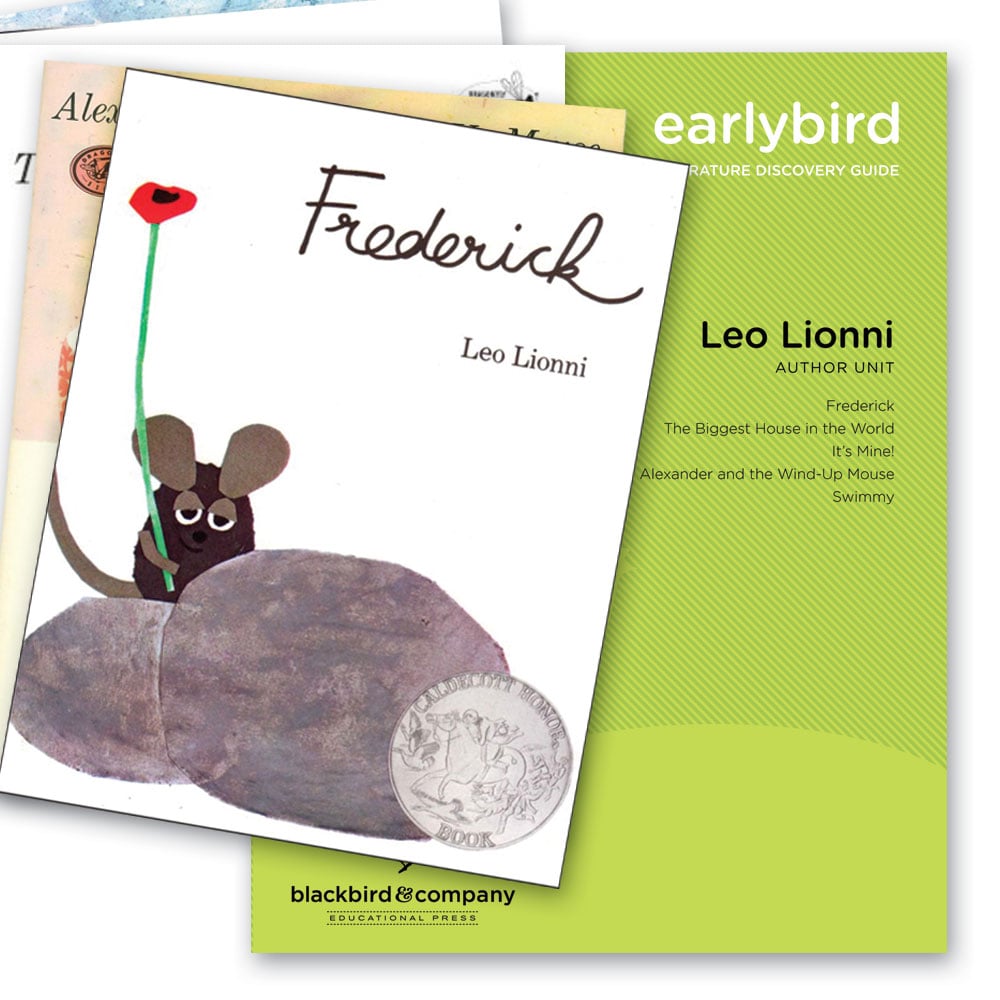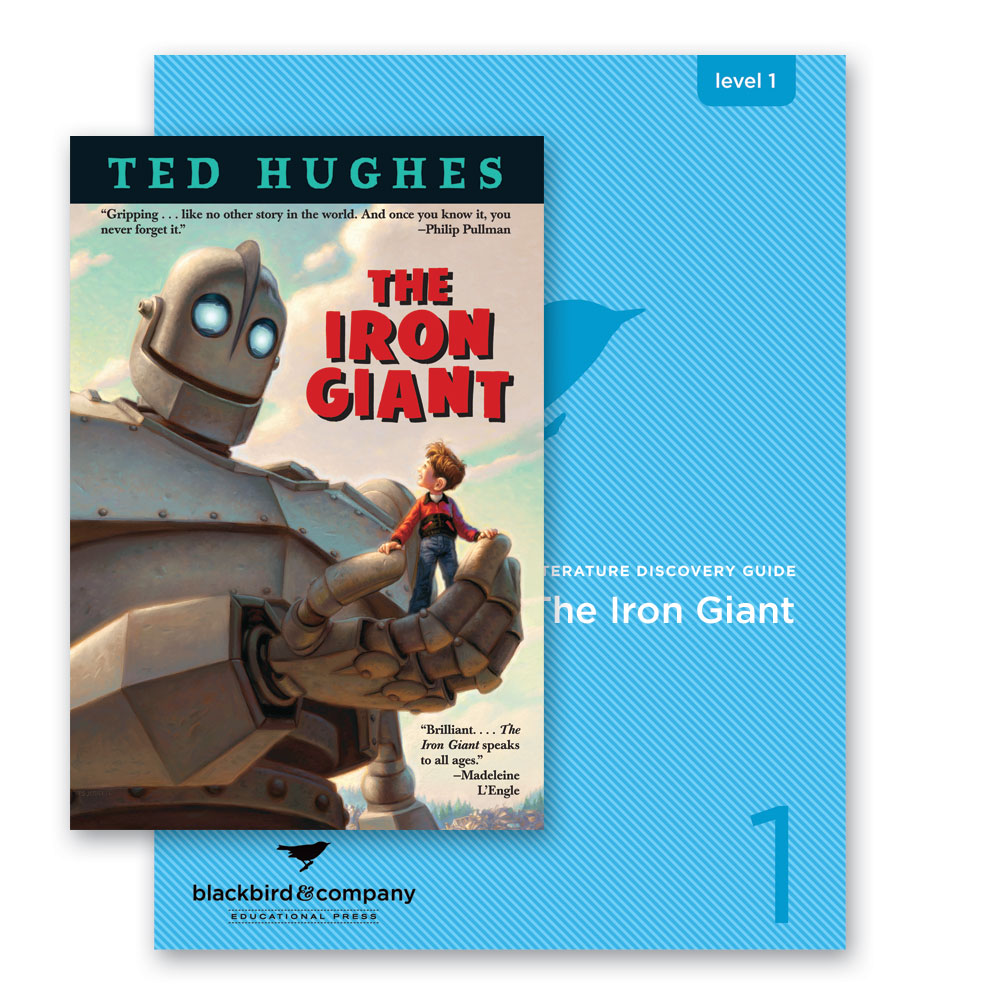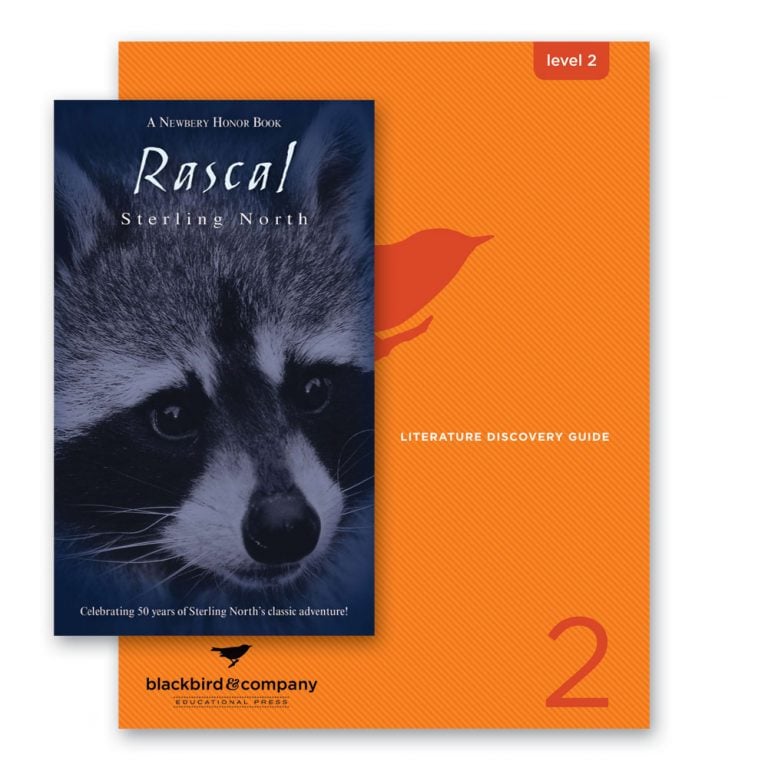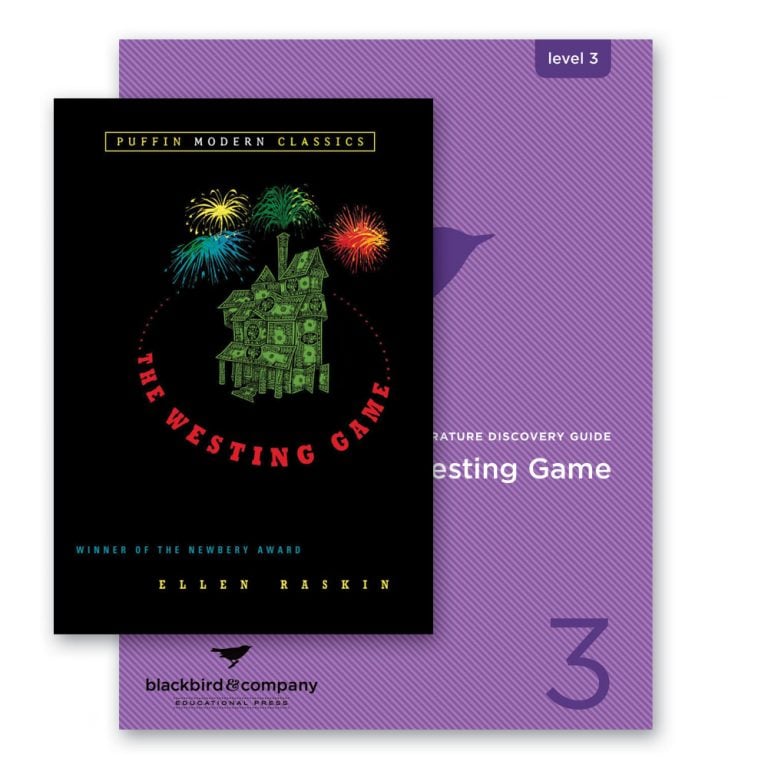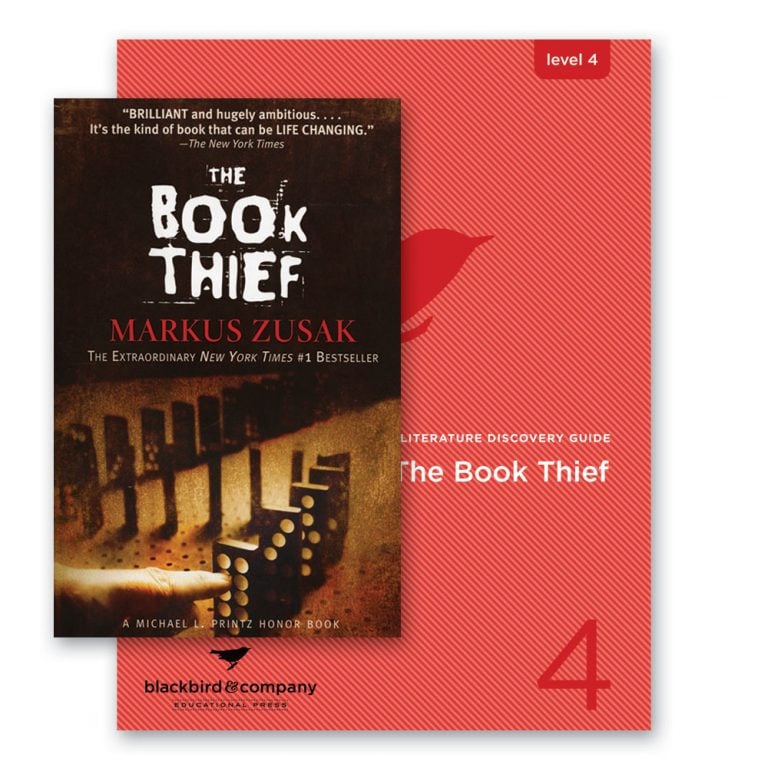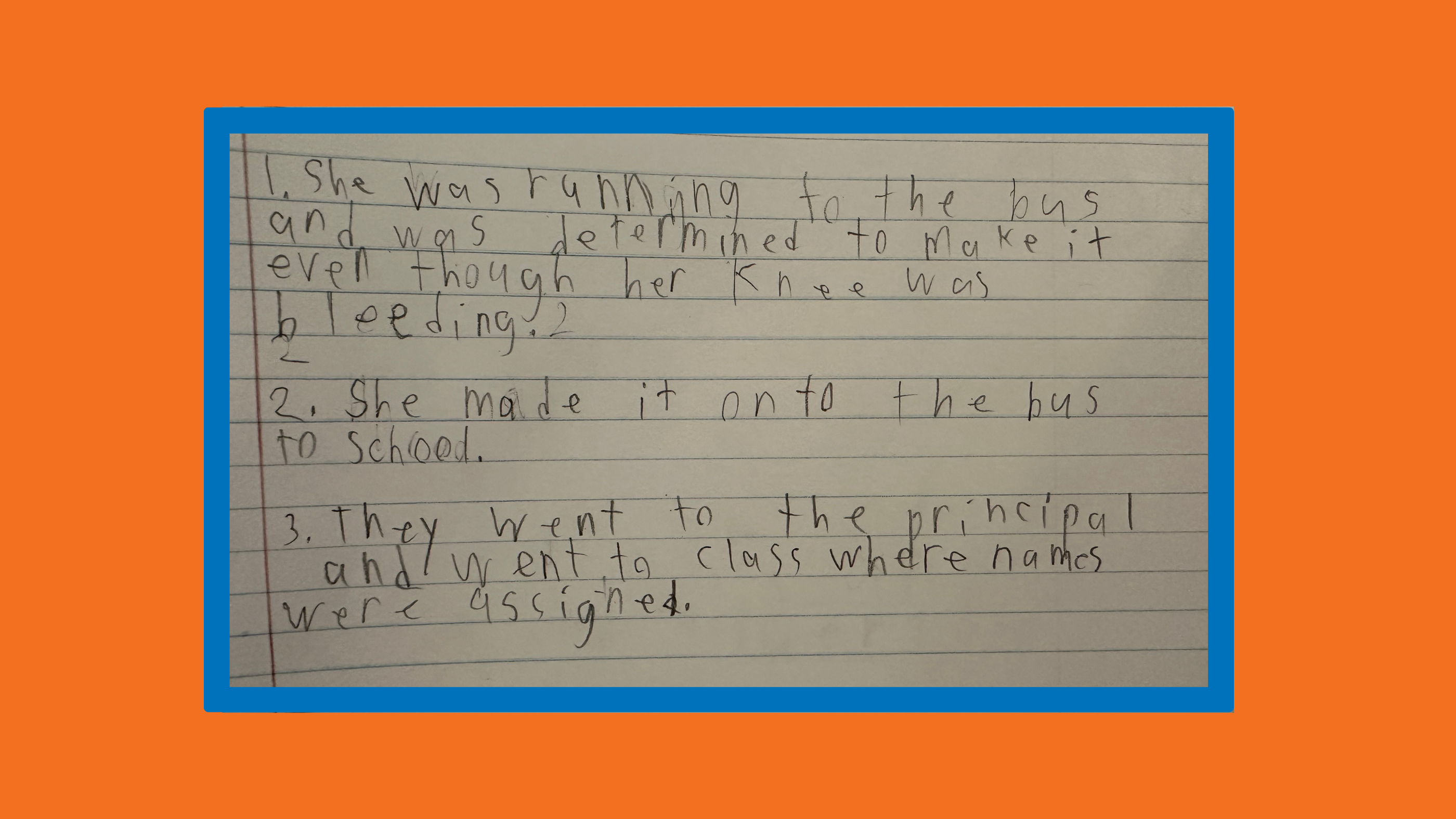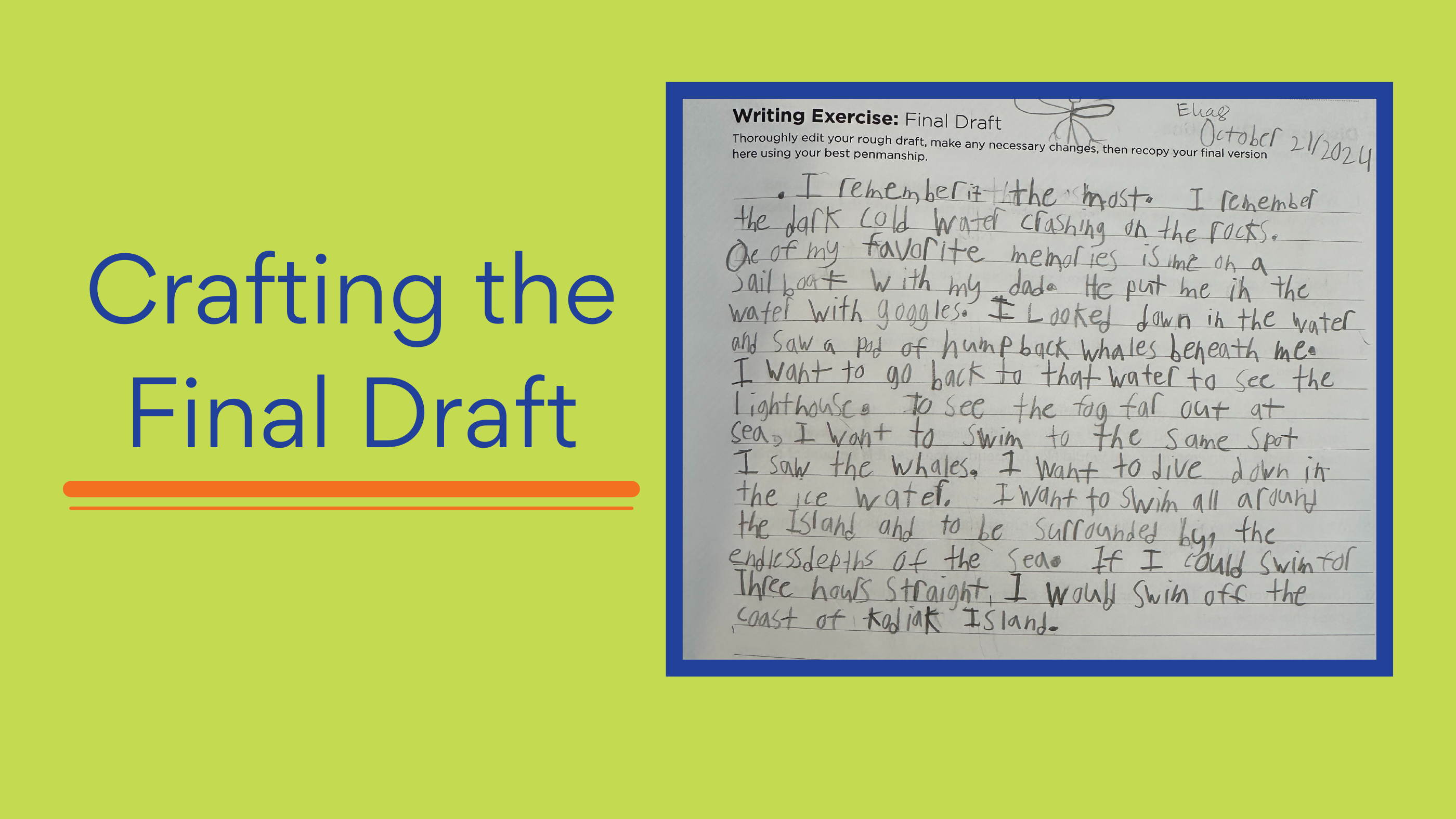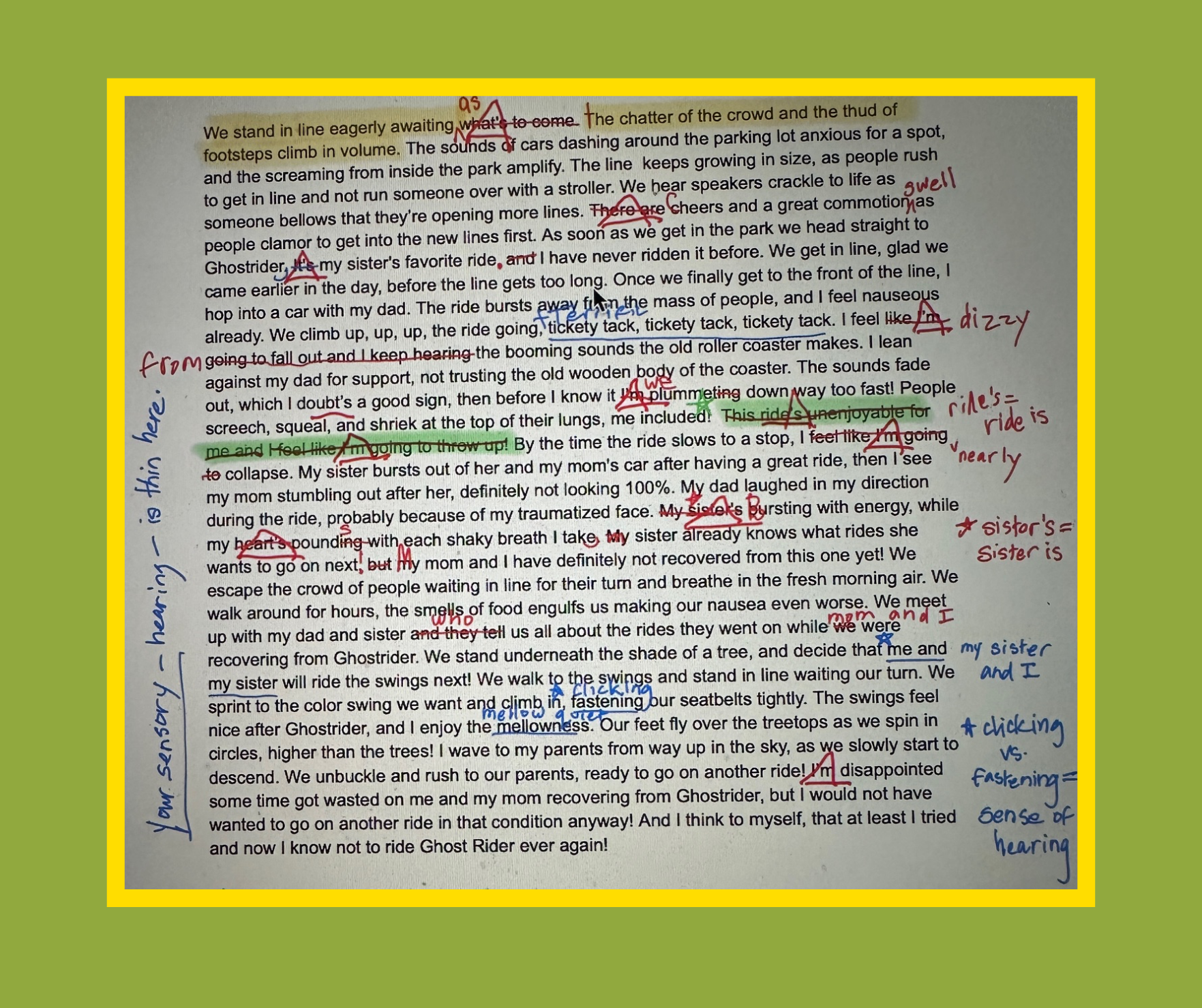
Back in January of 2023, we began the tradition of us teachers gathering ’round the virtual campfire to explore and encourage and inspire. It began like this:
We want our students to read and write well. We want them to think creatively and to value their ideas.
Learning, no matter the subject, can be an awesome journey. The path can be filled with wondrous sights to delight the intellect and warm the heart .
But the opposite can also be true.
The opposite of an awesome journey would be an arduous one. The opposite of a path with wondrous sights to delight the intellect and warm the heart is one filled with brambles and thorns that discourage and weaken. On this journey, this path, learning is thwarted, the heart is discouraged, and some form of illiteracy is a common outcome.
Here, as we begin our 3rd Annual Blackbird & Company Virtual Campfire gathering, the snapshot is not any easier to face:
“In the United States, 54% of adults read below the 6th grade level.”
How can we possibly make a difference?
We are so proud of our Blackbird & Company community!
YOU are making a difference!
YOU are the superhero!
YOU are inspiring your students to unplug and to pick up a book.
YOU are asking your students:
What’s your BIG idea?
And then, handing them a pencil and their student journal!
We’re here to support you to start the year off on the right foot, inspiring your students to read for purpose, write their IDEAS and DO well!

As a native Angeleno, born and raised in Los Angeles, California, with rampant fires raging so close to home, I hesitated launching into our virtual campfire tradition. My great-grandparent’s home—one of the homes in which I whiled away many years of childhood—though no longer part of our family, was lost. And the loss tugs at my heart.
In this home, my imagination thrived. Great-grandma Garnet Jewel had an old desk that belonged to her father, Great-great-grandpa Carlisle, who, lore has it, was an avid letter writer. This desk, chock-full of luxurious vintage stationary, fountain pens, and cancelled stamps, became a happy place for me since GG Garnet gave me free range of its contents. Behind the desk, built-in bookshelves were practically splitting with the weight of classics, including a complete red-linen collection of Dickens.
I’m so thankful for the freedom I was given to bring shape to my little girl ideas. I’m certain that this rich environment of great books and old-school technology—pencils and pens and all sorts of paper—inspired me to engage happily in the art of writing. I’m thankful for that childhood home that contained great-great-grandpa’s books and desk and utensils to write. Writing, bringing shape to an idea is no easy task. I’m thankful too for Charles Dickens who continues to remind writers of all ages that nothing is impossible when it comes to creating an idea:
“Consider nothing impossible, then treat possibilities as possibilities.” ~David Copperfield
The art of writing begins with imagination tied to knowledge and is brought into the world through a process involving a pencil and paper—brainstorming, drafting, conferencing, editing, and polishing a final draft. For some, the process is daunting. It’s our job to provide our students with a supportive scaffolding and skills to help them become successful writers.
TIP is #1
Writing an IDEA is a courageous act.
Remind your students that learning to write takes years and years and encourage them to enjoy the journey. Learning to write should be the stuff memories are made of, like my happy writing memories from childhood. Set up a cozy space, offer your students quality writing utensils—Blackwing pencils, Golden Bear Blue #2, and Faber-Castell.
Here, at the dawn of 2025, pondering the long stretch of the school year ahead, we applaud you Superhero Teachers! Inspiring your students to READ well, WRITE well and THINK well using our curriculum is a step in the direction of literacy. Stay tuned for more Campfire TIPS.
~Kimberly
